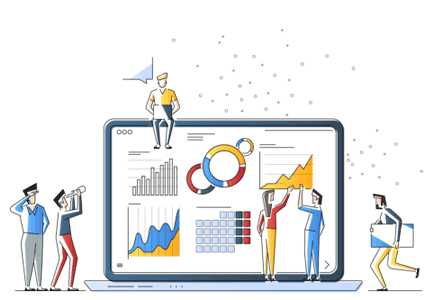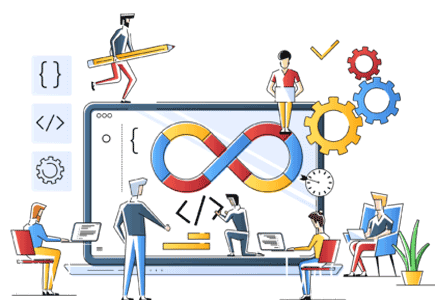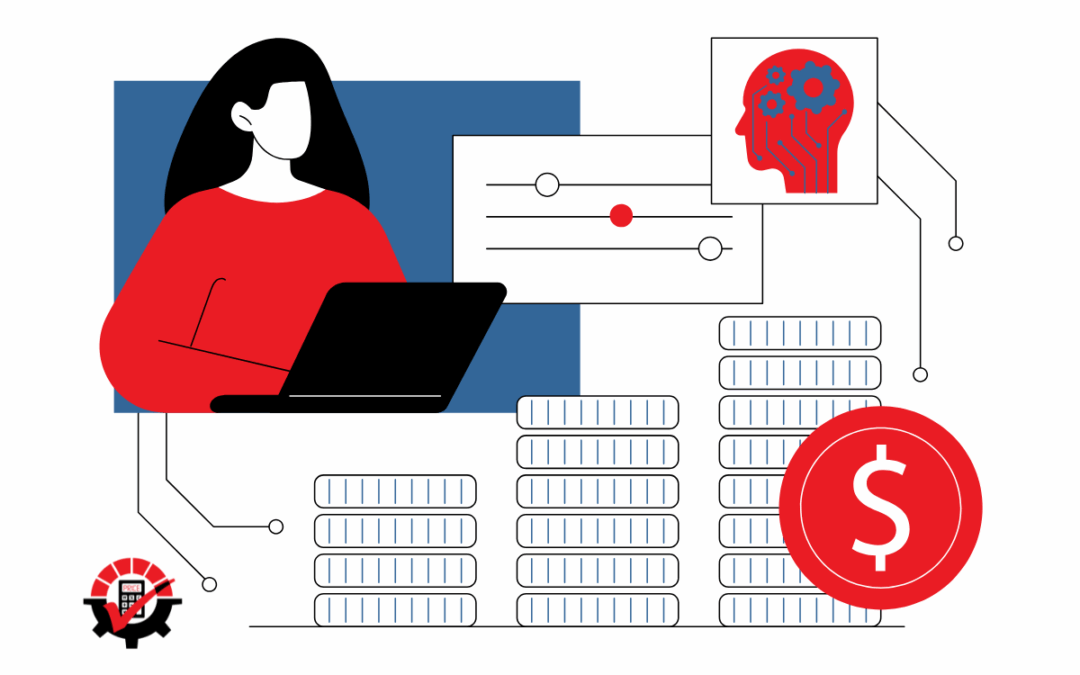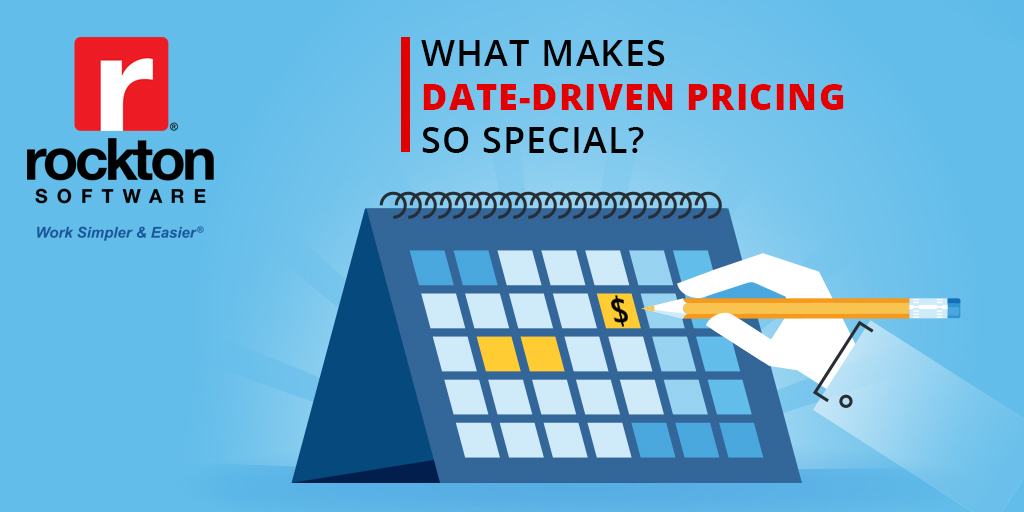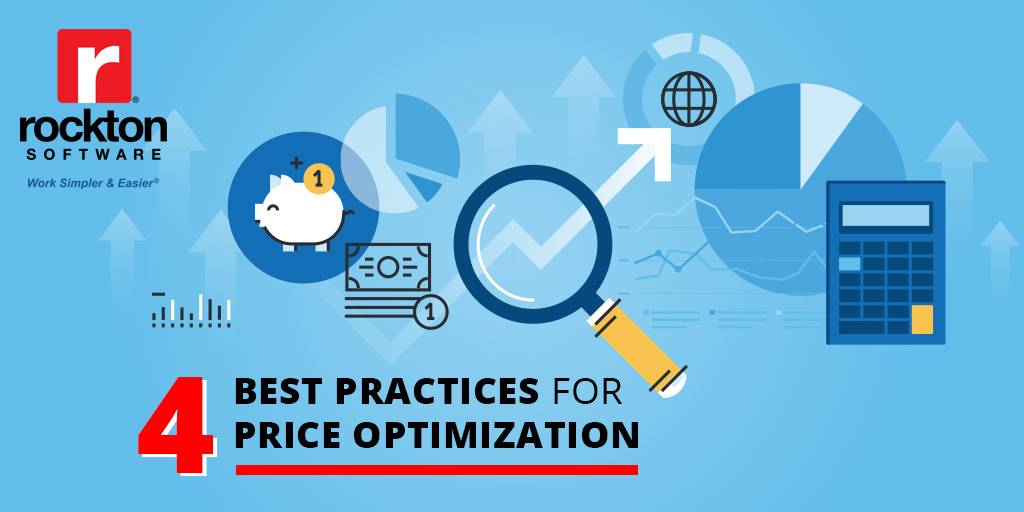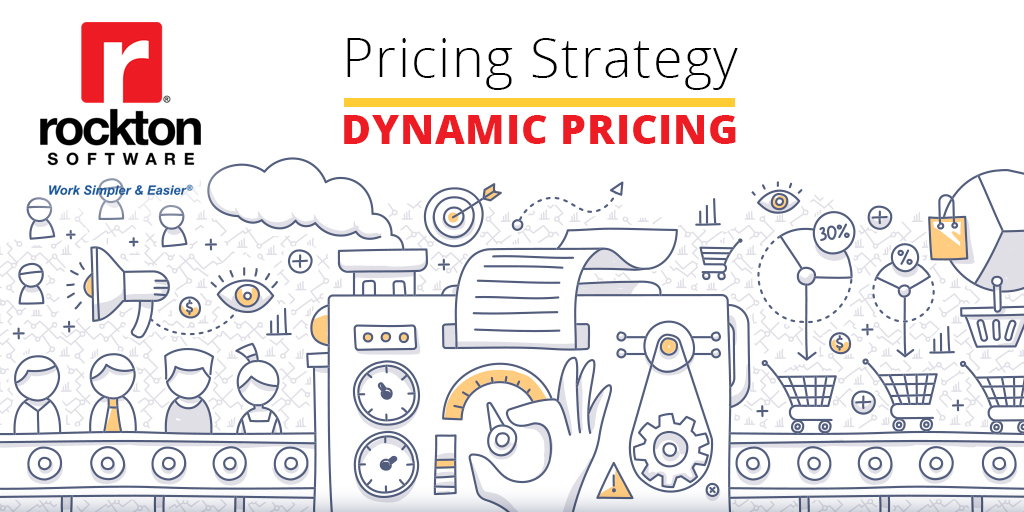
Welcome to our price strategies video series. We are taking you on a virtual journey. You will learn ways to save money, time, and headaches when it comes to managing your pricing strategies.
Our first video was all about rebates, now we are going to walk through our second topic, Dynamic Pricing.
Dynamic pricing models vary in complexity, from simple, rules-based pricing updated periodically to sophisticated, real-time models. It can be based on certain customers, certain quantities, or whether the shirt is green or blue. The possibilities are endless.
Yes, we are opening that can of worms. So, why have Dynamic Pricing? What is its purpose? Should you incorporate it into your pricing strategy? Let’s dive into those questions and more.
Importance of Dynamic Pricing
Dynamic pricing is a strategy that involves setting flexible prices for goods or services based on real-time demand. With COVID-19 and the influx of supply and demand, this strategy is now more important than ever.
Dynamic pricing leads to growth in sales and can also generate profitable revenue. It is a real-time pricing technique that helps in setting a flexible cost of the product or service you offer. The importance of dynamic pricing is that it allows for a real-time change in what you offer or sell based on certain criteria.
Advantages and Disadvantages
Dynamic pricing can be time-consuming, but it also can be beneficial and successful if implemented correctly.
Advantages include:
- Increased sales
- Keeps you competitive
- Learn more about your customers
- Better inventory management
- Allows pricing to reflect demand
Disadvantages include:
- Customers are not a fan of it
- Loss of sales if not implemented properly
- Not applicable everywhere – works better in certain fields and industries than the others
Why Dynamic Pricing
Because static pricing isn’t a strategy. Using the mix of Cost Plus % based on customer loyalty can return a much higher margin than simply a static Cost Plus price on an item.
Consider charging those excellent customers a little less of a markup percentage on their top items, and then raise the markup on lesser purchased items. This option isn’t possible with a static Cost Plus pricing methodology, but you can easily see how those dollars quickly add up to profits. Using a dynamic pricing strategy can give you greater control over the overall margin you receive across your entire product line and customer base.
It is also important because it determines how much profit you will make. Your challenge is setting the right price for your products and ensuring that your pricing strategy doesn’t turn customers away.
Dynamic Pricing Simplified
What if you never had to worry about which Price Level you should use on a transaction? With Rockton Pricing Management (RPM) you simply establish any pricing scenario one time and RPM does all the calculations and hard work behind the scenes. Automatically!
Conclusion
Dynamic pricing is an essential strategy and can be successful. The main takeaway is dynamic pricing works well only if implemented properly.
If you are feeling left behind don’t worry. The good news is that few companies have truly gotten it right so far. Research shows that only 18% of B2B company’s price dynamically.
Now is the time to take charge and put a strategy in place, if it makes sense for your industry. Pricing is a discipline that continues to improve over time; therefore, getting there first can deliver significant and sustained benefits over the competition. Given the tangible nature of the payoff, wasted time is wasted profit. The payback can be immediate and ongoing, assuming you have a plan, strategy, and can execute it quickly and effectively.
